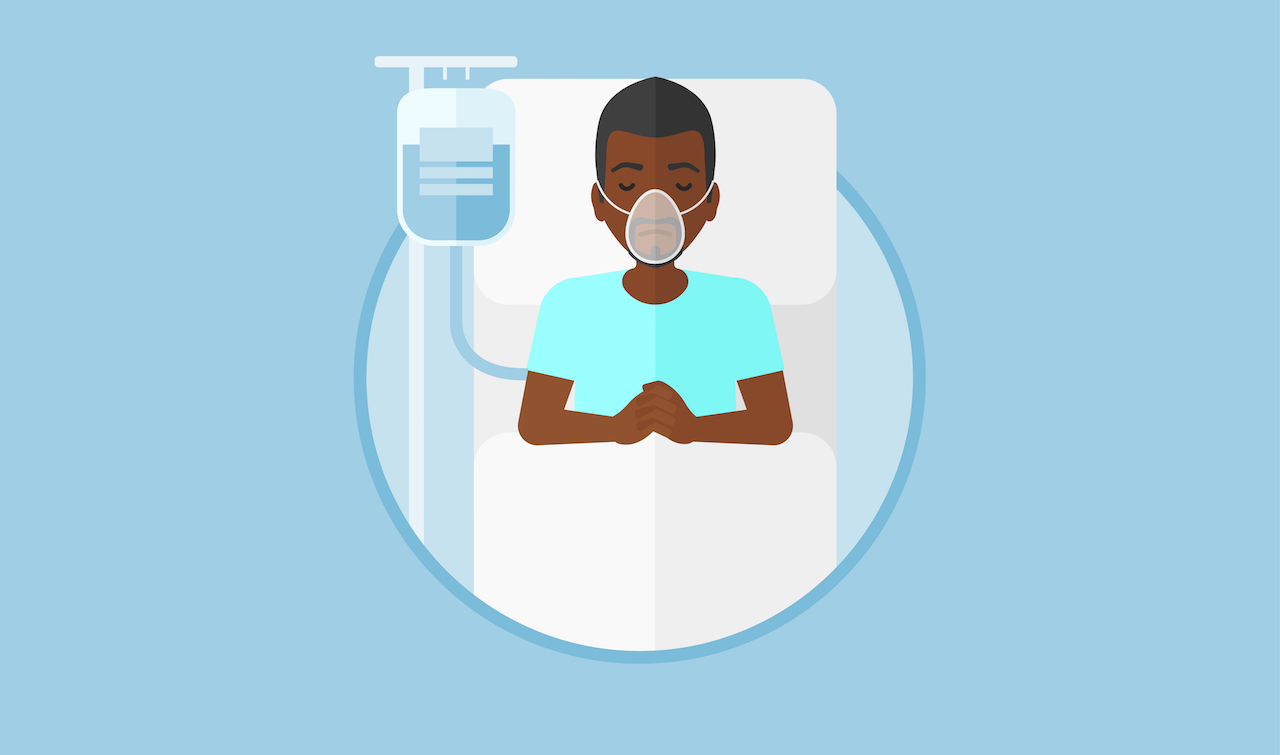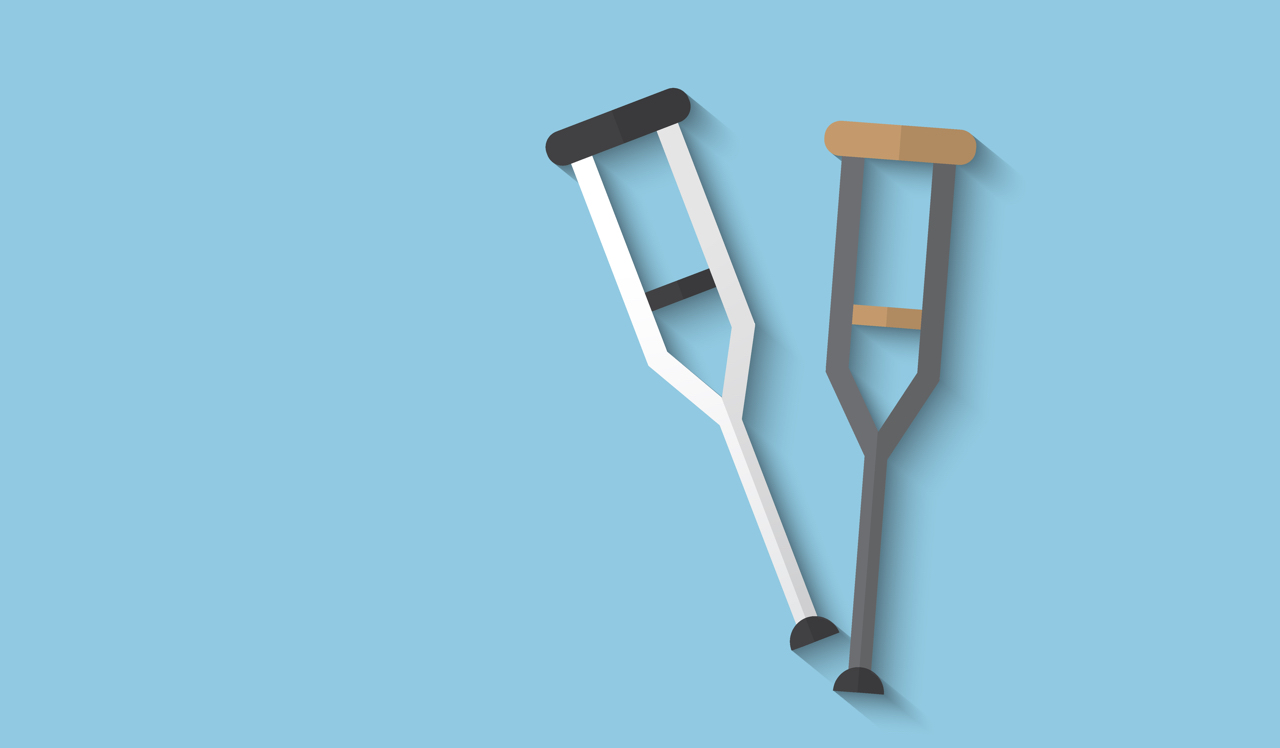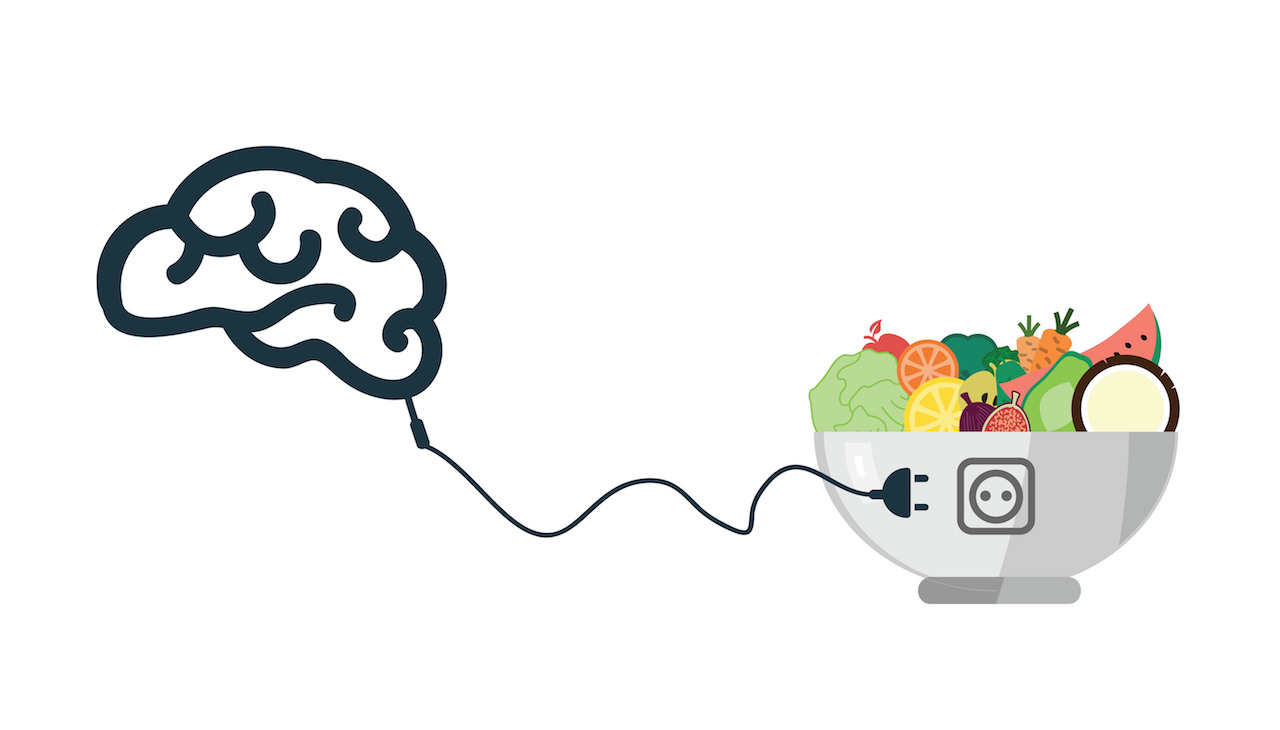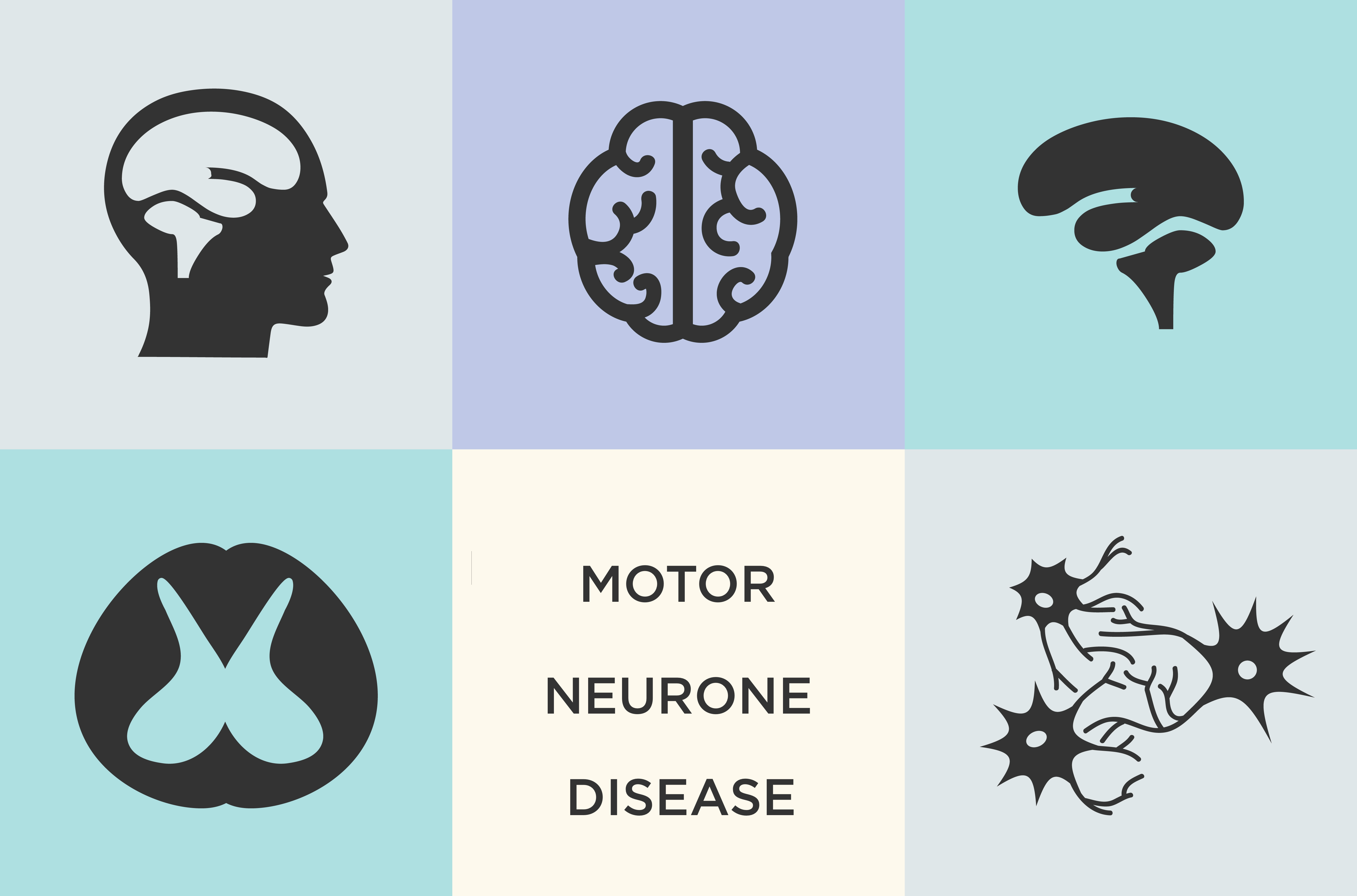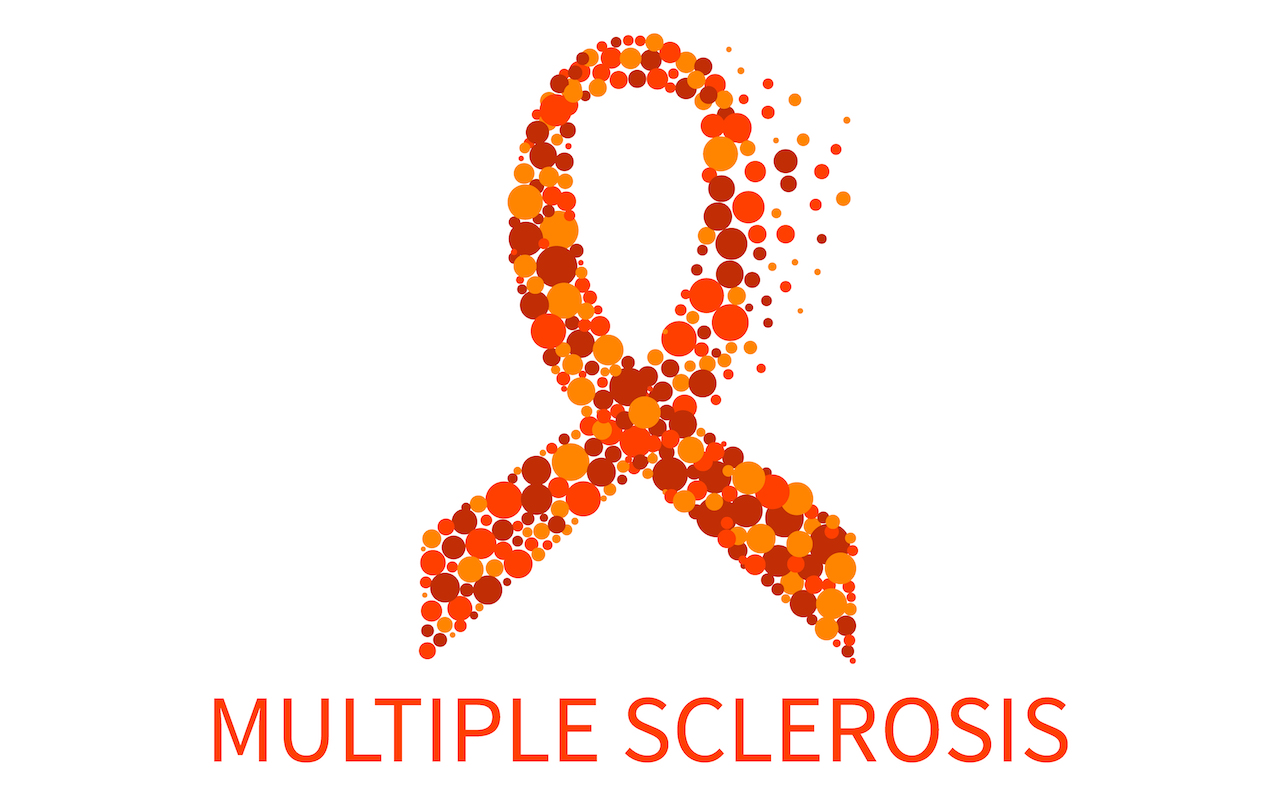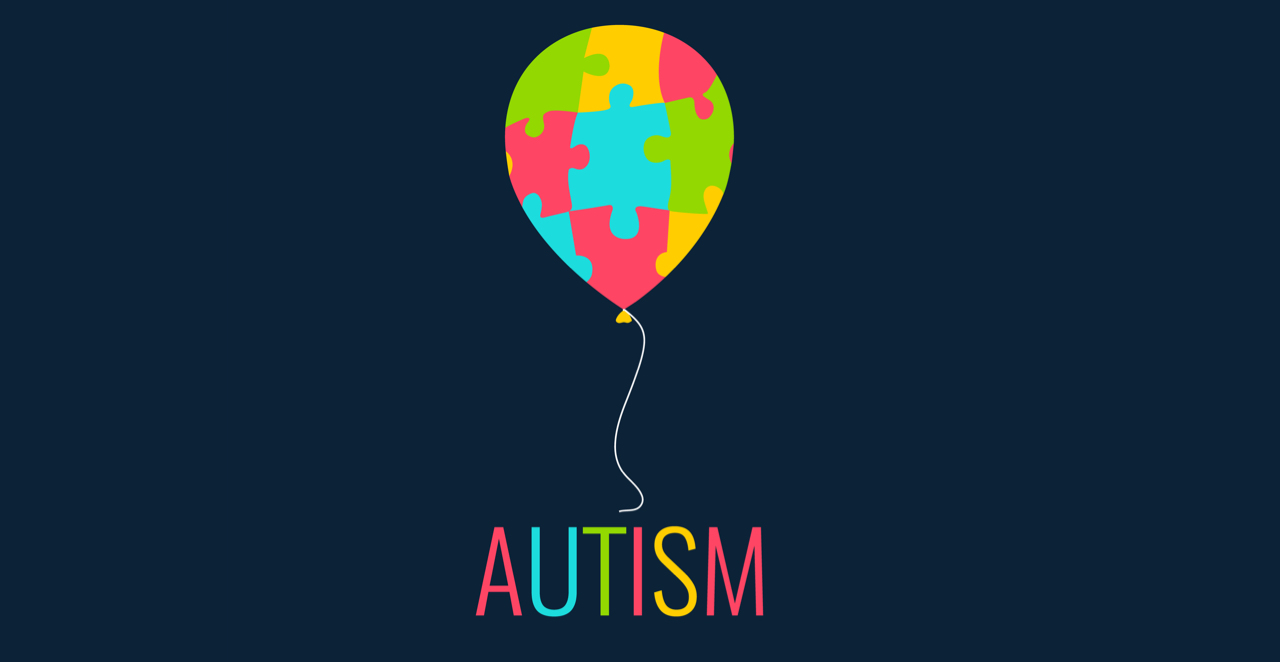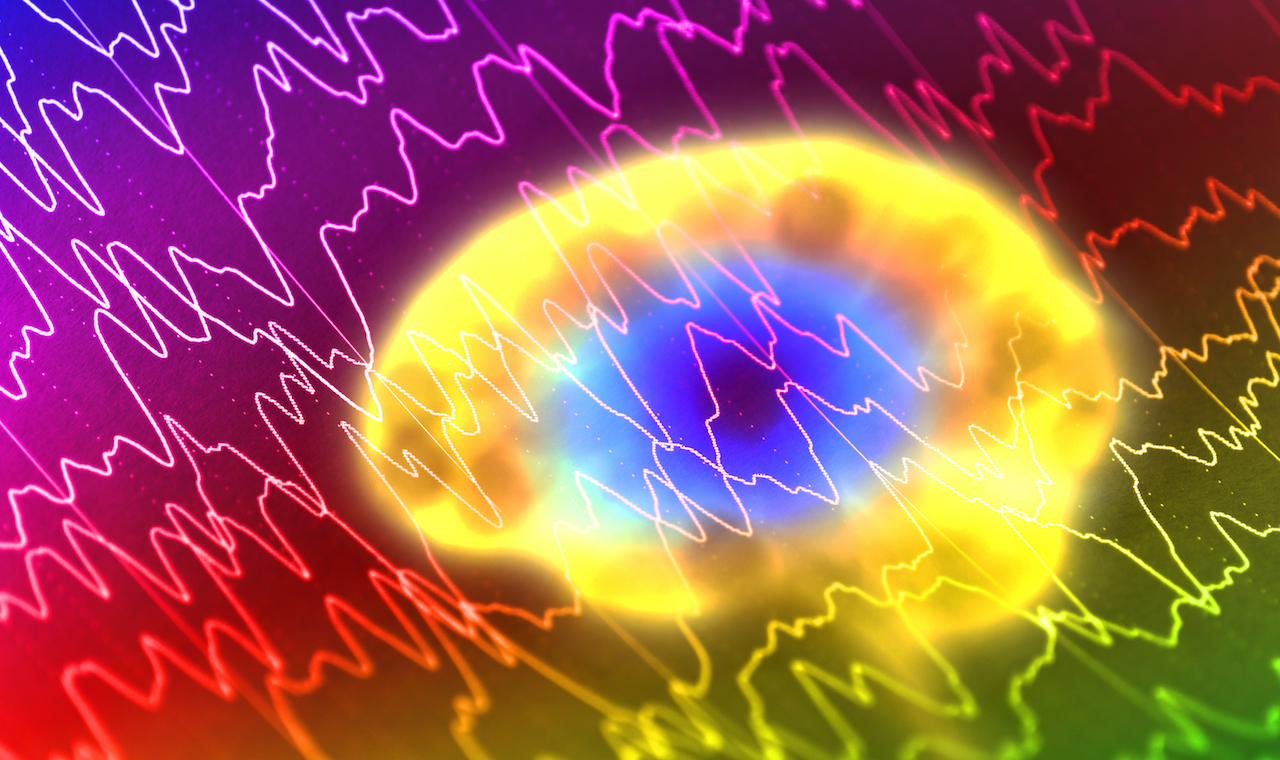If you’ve seen any soap opera, you’d know that coma’s are a popular device in television to create a sense of drama. In real life, though, a coma can also be a necessary tool to save your life, and not everyone in a coma is unconscious because of a condition or disease: sometimes doctors need to induce a coma to save your life.
What is a coma?
Being put into a coma isn’t a standard medical procedure. Doctors only turn to a medically induced coma when all other options have been exhausted – because your brain has responded to trauma by completely shutting down. Think of a car engine that’s packed in. According to research, the body doesn’t necessarily decide to enter a coma. A coma is a deep shutdown of your brain function.
A medically induced coma gives your brain the rest that it needs for it to recover and heal. When doctors put you into a medically induced coma, you will be given a controlled dose of an anaesthetic, to lull you into a temporary but deep state of unconsciousness. All this happens while machines maintain your blood pressure, cardiac rhythm, and breathing.
A coma allows your brain to rest and not exert itself more than it needs. Too much activity could speed up brain damage.
When is this necessary?
Your doctor will put you under a medically induced coma if you’re at high risk of severe brain injury, meningitis (a life-threatening infection) a drug overdose, seizures or brain damage caused by a lack of oxygen for too long. Think of your brain being in hibernation at this point. When the brain is injured it swells. The inflammation can cause it to push up against the skull and increase pressure. Blood flow and oxygen to the brain can be cut off as a result of too much pressure.
Medically induced coma or sedation?
According to the American Academy of Anaesthesiologists, a medically induced coma puts you into a very deep unconscious state. Sedation puts you in a semi-conscious state.
Sedation is done to allow you to be comfortable during a surgical or medical procedure. It’s administered through an intravenous catheter (IV) (medication sent directly into your vein using a needle or tube) with minimal side- effects.
A medically induced coma is only managed in intensive care units, while sedation can be done in your doctors’ or dentists’ offices too.
If you have very severe brain injuries, you may move from coma into a vegetative or minimally conscious state. After a few days or weeks in a coma you may “wake up” in the sense that your eyes will open. If you’ve only been in a coma for a few days you may wake up to full consciousness with relatively little damage.
References:
- http://www.asahq.org/lifeline/anesthesia%20topics/medically%20induced%20coma%20and%20sedation
- https://www.scientificamerican.com/article/what-is-a-medically-induced-coma/
- https://www.statnews.com/2016/08/24/coma-brain-injury-restart/
- https://www.livescience.com/39483-what-is-a-medically-induced-coma.html
- http://scienceillustrated.com.au/blog/technology/what-is-an-induced-coma/

